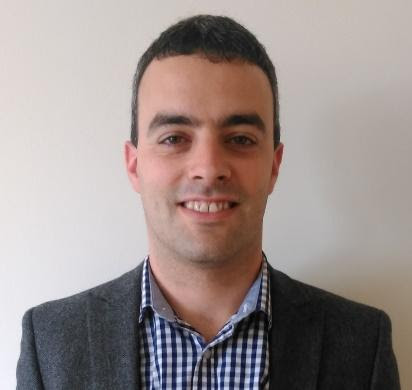The Schools Infection Survey provides insight into long COVID in schools – but with a focus on impacts rather than prevalence.

Long COVID is a syndrome that is not yet well defined, leading to different estimates on the scale of the problem being produced. However, there is value in using these estimates to produce a comprehensive picture of both the syndrome and its impact on those it affects. Here, Alison Judd and Daniel Ayoubkhani explore the findings from the Schools Infection Survey.
The latest data from the COVID-19 Schools Infection Survey (SIS) looks at ongoing symptoms four weeks after COVID-19 infection among school pupils and staff. The main aim of this study was not to try and provide another estimate of long COVID prevalence, but to explore in more detail the impact that ongoing symptoms might be having on pupil and workforce attendance and educational outcomes.
At first glance, the estimates produced in the SIS report suggest prevalence of long COVID is more common in all age groups than the latest estimates from the Coronavirus Infection Survey (CIS), although both studies are consistent in reporting lower estimates of long COVID among children compared to adults.
There are, however, logical reasons why higher estimates are produced by the SIS compared with the CIS, given the differences in the way the studies are designed.
Sample Size and design
The CIS and SIS make use of different samples as the studies were designed with different objectives in mind. The CIS consists of all individuals from a random sample of private households from across the UK; since it began in April 2020, over 476,000 individuals from over 236,000 households have participated in the study. On the other hand, the SIS comprises a smaller sample of pupils and staff from schools selected from 15 local authorities, oversampling from those where COVID-19 infection rates were highest at the start of the 2020/21 academic year.
Symptomatic cases
Within the SIS it is also likely that those reporting a confirmed or suspected case of COVID-19 would have been symptomatic at the time of infection, whereas all CIS participants are tested for COVID-19 at every follow-up visit regardless of symptoms. Over half of infections in the CIS study sample did not have symptoms at the acute phase; when these participants were removed from the sample, the prevalence estimates increased considerably.
The CIS estimates are also based on prospective data, whereas SIS data is based on retrospective questioning which may be subject to recall error; that is, participants not being able to precisely remember when their symptoms began and ended, which may be particularly relevant for people infected earlier in the pandemic.
Comparisons with other studies
While the four-week prevalence estimate from the SIS is higher than that from the CIS, it is lower than that from other studies, again reflecting the uncertainty in the true underlying prevalence of long COVID in the population. In particular, a large study of children and young people found the presence of symptoms three months post-test to be 14 percentage points higher in children who had initially tested positive for COVID-19 than in a test-negative control group. The authors of that study acknowledge a limited response rate of 13.5%, and the possibility of people with ongoing symptoms being more motivated to respond, resulting in an over-estimation of symptom prevalence. This is unlikely to be such an issue in the SIS as questions on long COVID form just one part of the survey, covering a broader range of topics to do with the pandemic.
To reiterate, the focus of the SIS release is not the prevalence of long COVID in school pupils and staff but rather its impact. The key message is that among survey respondents experiencing ongoing symptoms at four weeks post-infection, 90% of staff members reported their ability to carry out activities at work reduced only a little or not at all, while half of pupils reported that they attended school as normal despite their symptoms.
With the extension of the SIS into its second year, we will continue to engage with pupils and staff via questionnaires in order to build a more comprehensive picture of the longer-term impacts of COVID-19 infection on schools and their pupils and staff.

Alison Judd is Head of the Schools Infection Survey Analysis Team

Daniel Ayoubkhani is a Principal Statistician in the Health Analysis and Life Events Division at the ONS